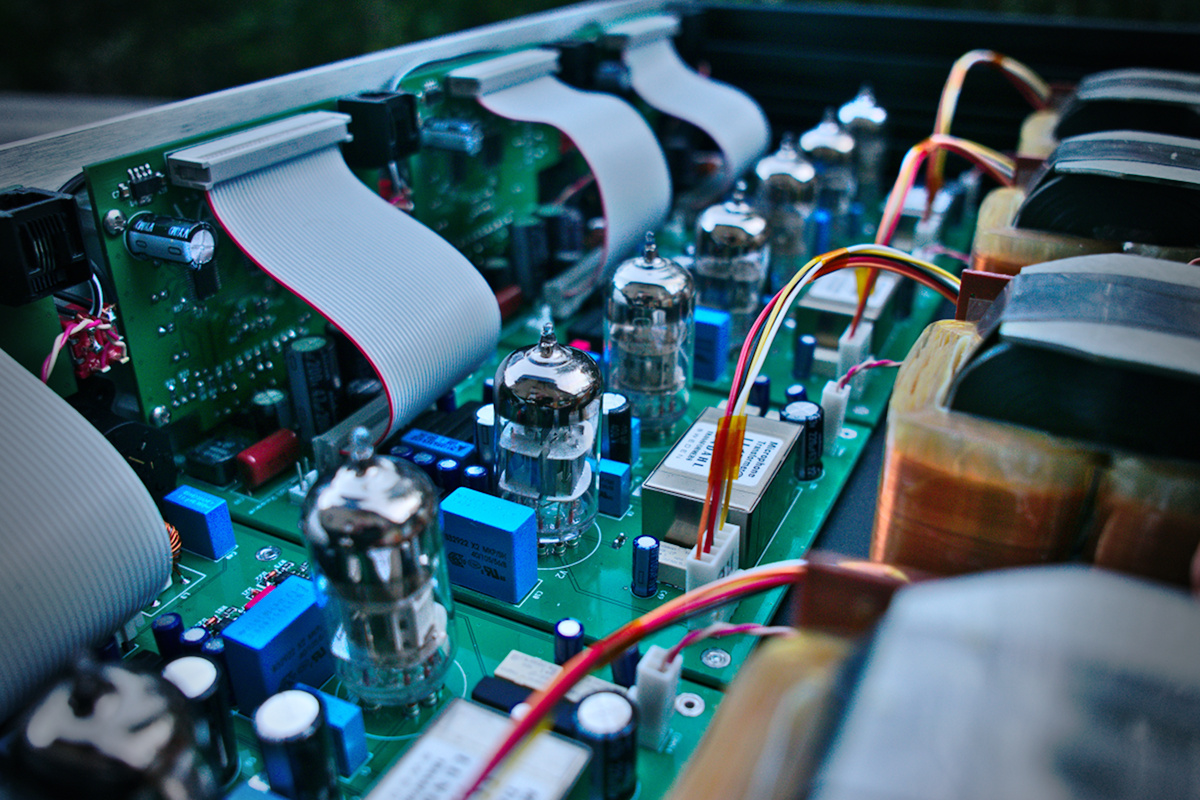Mmmm..... quite a lot to reply to......
Thermionic.
My old and trusty CS3 machine does not have parts inventory built in. The facility can be retrofitted. Some of my component feeders are from later-model machines that had the "smart feeder" facility. It would be convenient to have automated inventory and parts location identification, but for me it's not a show-stopper. The extra time involved in manual inventory maintenance is a small price to pay when offset against the time saved by having the P&P available.
Chris_V.
Why do you want a P&P machine ? Do you plan to have a serious production ?
Good questions!!

I sometimes ask them of myself.....
The time consumed on hand placing, soldering, cropping of components was a factor. Bear in mind that I do this for a living and the quicker I can design and build a piece of equipment, the quicker I can move on to the next project, hopefully, having made a profit on the previous project.
Maintenance - part of the cost of ownership. There's first-line maintenance such as feeder cleaning & servicing, machine cleaning, alignment checks, etc., that are ideal to do in quiet periods and cost little more than cleaning & lubrication materials and time... Then there's the dreaded machine-failure maintenance which carries a heavy cost; the choice is to accept this as a possibility and plan for it or don't have the P&P facility.
Operation - a learning curve that is steep at first, but with practice, becomes part of the normal skills. Whilst the detailed skills are specific to a machine type, the overall principals are the same for virtually any P&P facility.
Large investment - Let's move on, shall we? Seriously, though, yes it has been a SERIOUS investment, and with hind-sight I may have decided differently. The P&P machine I bought was for a very good price and this was a major factor in setting-up the facility. Having the service back-up of a really good production machinery engineer was another major factor. However, it's not just the P&P machine & it's specialist service, it's all the other hardware that goes with it.... feeders of many types and quantities, specialised air compressor & air cooler, air-line installation (I'm good with copper piping), reflow oven, paste printer, space to fit it all in, uninterruptible power supply for the P&P (personal choice, not mandatory). When all this is weighed against the convenience of having the P&P on site and ready to use at a moment's notice, as well as being able to offer an assembly service as an add-on to design services, it can make sense. Some projects would not have been possibly without SMD and many would not have been cost effective without in-house P&P - remember that much of the audio industry is hell-bent on paying the lowest price under any circumstances. In a small and skilled business where there are a few equally skilled guys, 10 hours of manual assembly time costs the same as 10 hours of P&P time but the throughput of work is radically different, giving the P&P guys an edge.
JR.
How to cover the back side of the board with SMT. With the facilities that I have, hand-pop would be the only way for a board such as the one I showed. The use of glue to hold the bottom-side parts in place could be a method. There are other ways, but I expect the discussion would really warrant a separate thread. I'm happy to discuss if there is interest.
Land-fill with wire leads..... wow, that's a LOT of offcuts!
Wave.
0402. Respect, Sir!
Dfuruta.
Prototyping.
A combination of methods, depending on the end-product. The SMD version is always a PCB, but for me the lead-up to it can take 2 paths, sometimes a combination of both,
1. An all-theoretical path without any prototype PCBs prior to production.
This has recently been done on a couple of really complex analogue designs using 4 and 6 layer PCBs. Having the strength-of-character to go straight from a paper design to 6 layers is a moment of taking a very deep breath! I will only do this if the product is made-up from pre-known and proven blocks of circuitry, and after 33+ years there are plenty of these in the design arsenal. The skill is in tying all blocks together correctly - levels, polarity (phase), voltages, power supply, layer assignment, trace routing, etc.
2. Proto-board.
If I need a new circuit, this is developed on protoboard, the proven circuit is then drawn and added to the target design. As an old analog-dog, I'm not having to deal with SMD-only processor chips, thereby making protoboard viable.
An aid to timely turn-round of of custom designs has been the development of a range of very useful building blocks ( VUBBs

) such as input stages, output stages, buffers, VCA blocks, interlocking switch banks, relay switchers, FET switchers, CMOS switchers, meter drivers..... the list goes on..... http://www.cmlaudio.com/modular-assemblies/sub-assemblies/ All of these are on small PCBs that can easily be tied together to form larger systems. A new development such as a compressor would comprise of a set of building-block boards and a component-level sidechain, all built on protoboard, but in a fraction of the time that an all-discrete component design would take.




